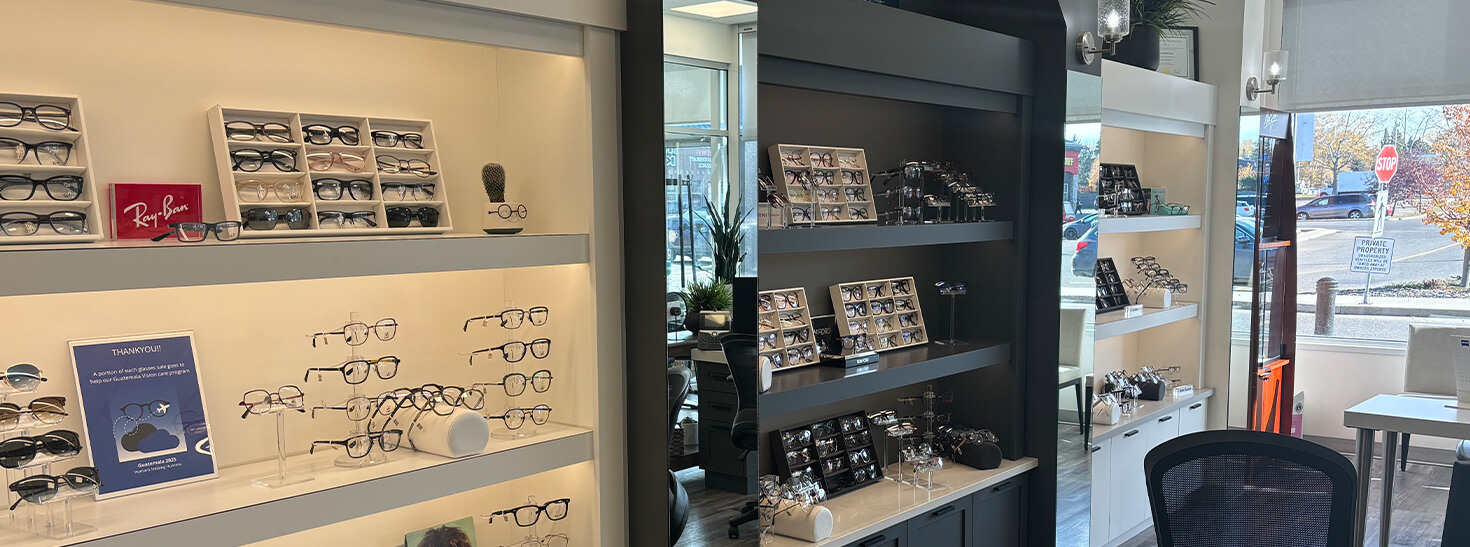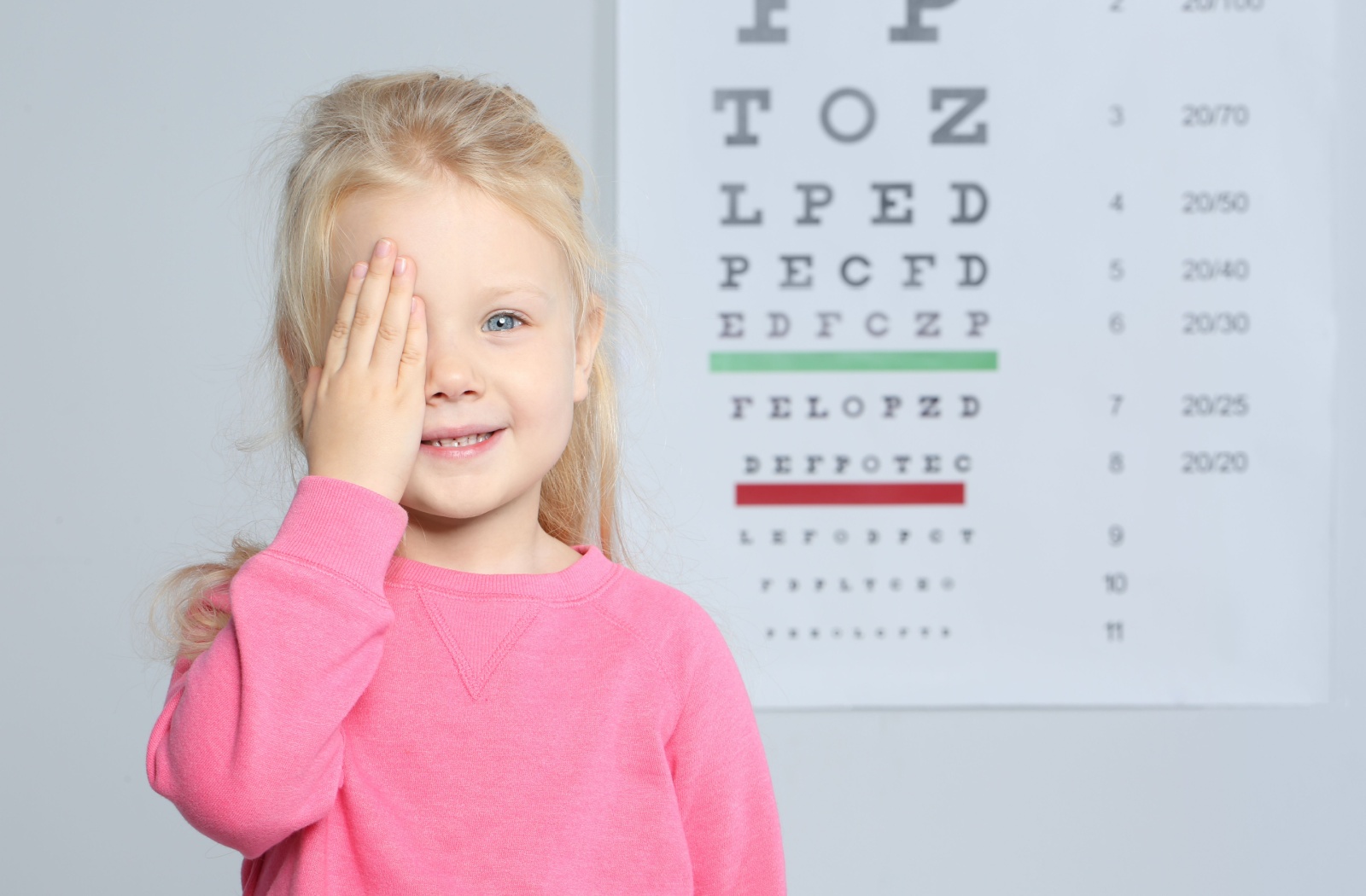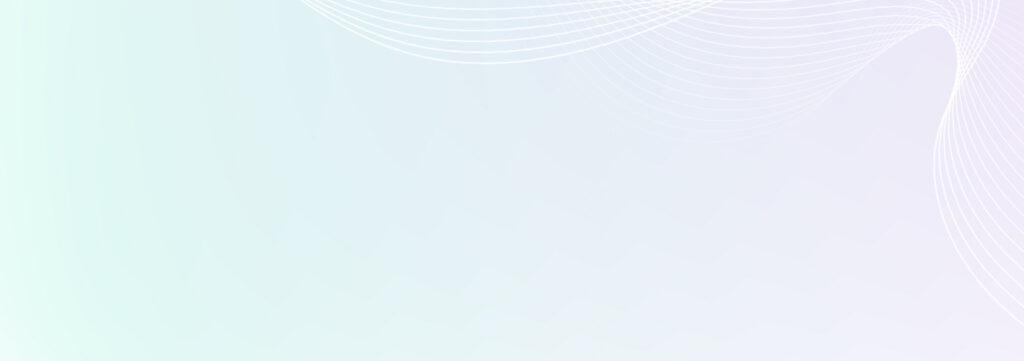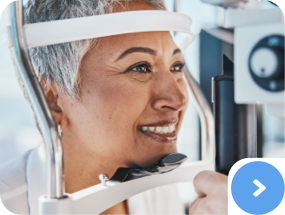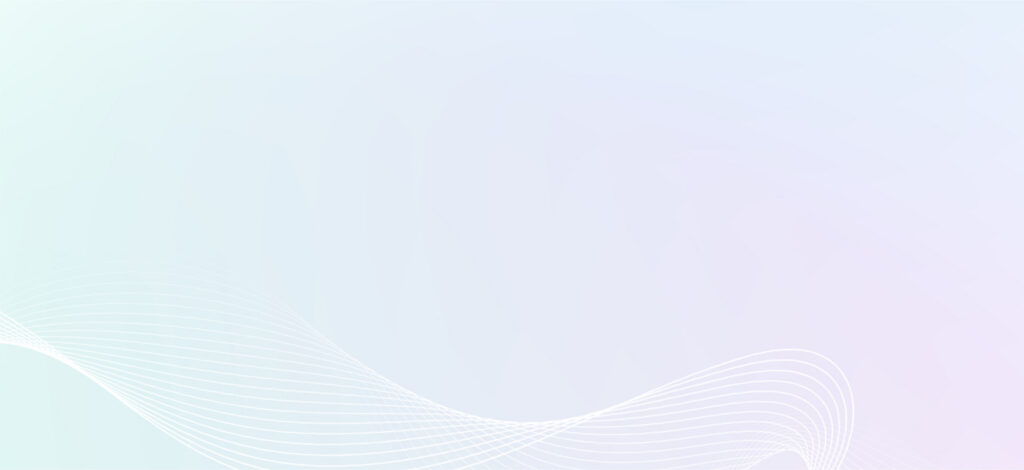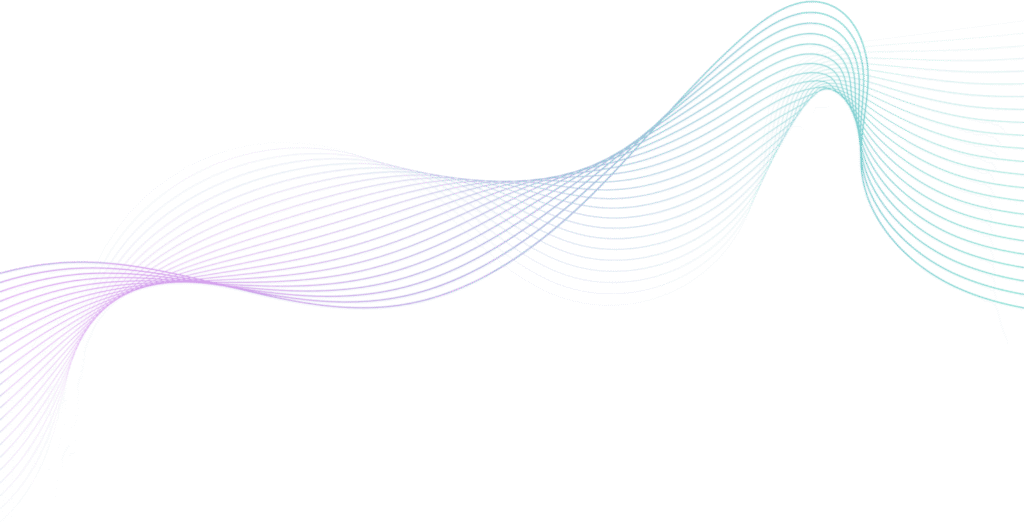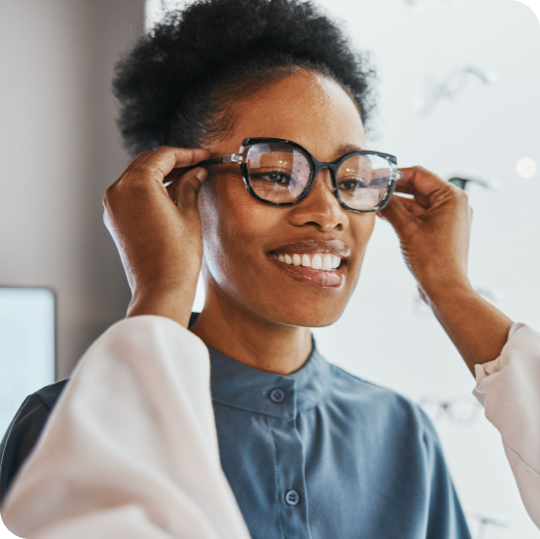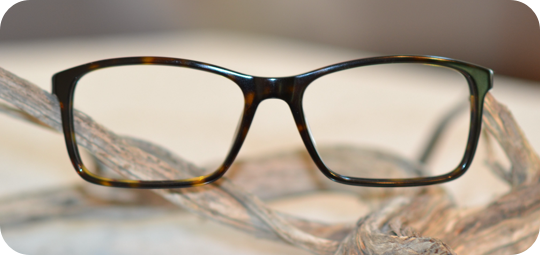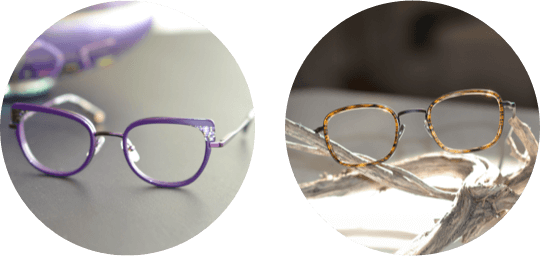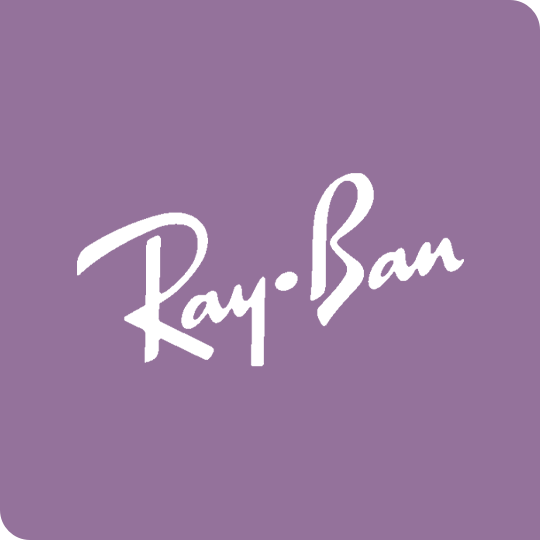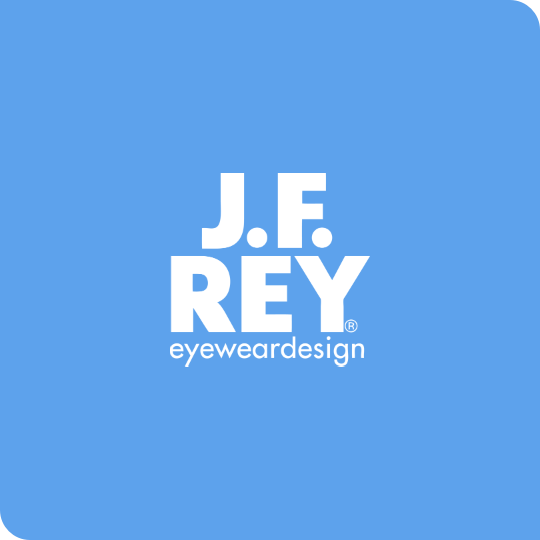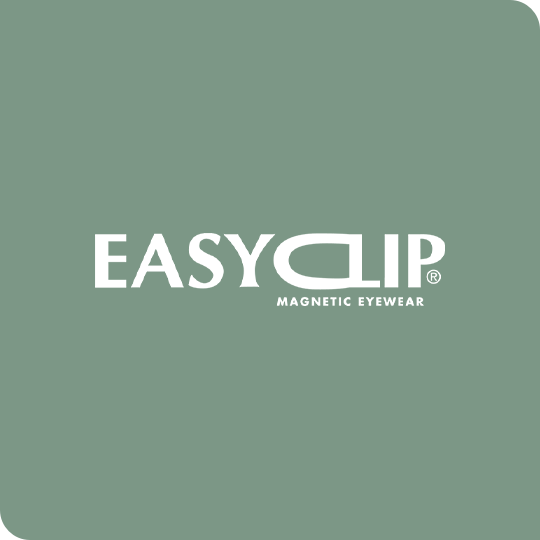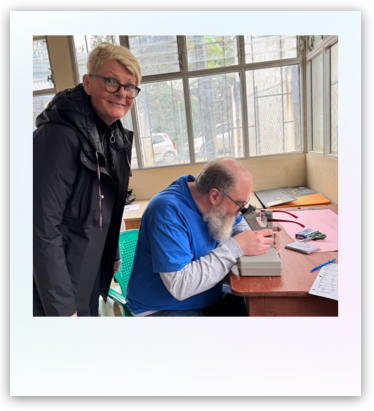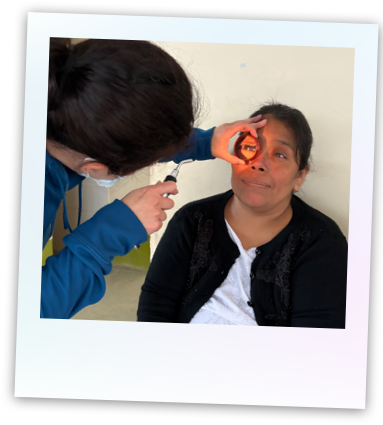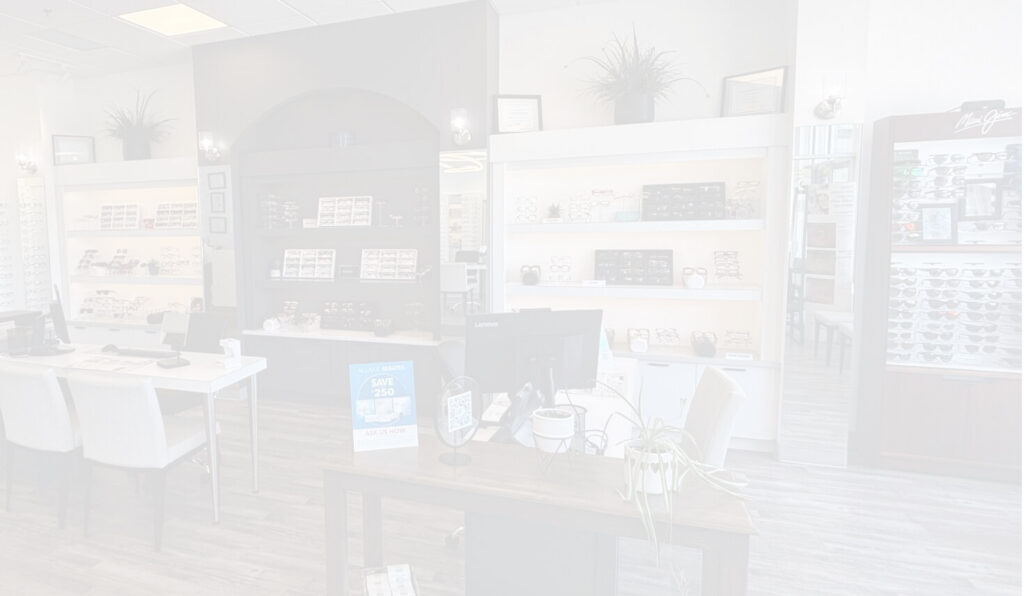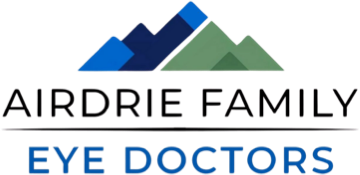You may know myopia by its more common name: nearsightedness. It’s a common refractive error that allows you to see nearby objects clearly, while distant objects appear fuzzy or out of focus. It’s a frequent reason people visit their eye doctor for glasses or contact lenses.
High myopia is a more significant level of nearsightedness that benefits from consistent eye care. It simply means that the refractive error is stronger than what is considered mild or moderate. Understanding your prescription is the first step toward managing your eye health.
A Clear Look at Nearsightedness and High Myopia
Myopia happens when the shape of your eye causes light rays to focus incorrectly. Instead of focusing directly on the retina at the back of your eye, the light focuses in front of it, which is what makes distant objects appear blurry.
What Counts as High Myopia?
We measure vision prescriptions in units called dioptres. High myopia typically refers to a prescription of -5.00 dioptres or more. This number helps your optometrist find the right lens power to give you clear vision.
Myopia in Children
When myopia appears in childhood, it causes the same blurry distance vision. Because a child’s eyes change as they grow, regular eye exams are an important part of their overall health. Monitoring their vision helps them succeed in school and activities.
Signs and Symptoms of High Myopia
The most obvious sign of high myopia is very blurry distance vision. You might also notice a few other symptoms that point to a change in your eyesight. These can include things like:
- A frequent need to squint to see distant objects
- Eye strain or a feeling of tired eyes
- Headaches that come from the effort of focusing
When to See an Eye Doctor
If you notice your distance vision becomes blurrier, it’s a good time to schedule an appointment. You should also book a visit if you experience new symptoms, such as sudden flashes of light. An increase in floaters, those tiny specks that drift across your vision, is another reason to get an assessment.
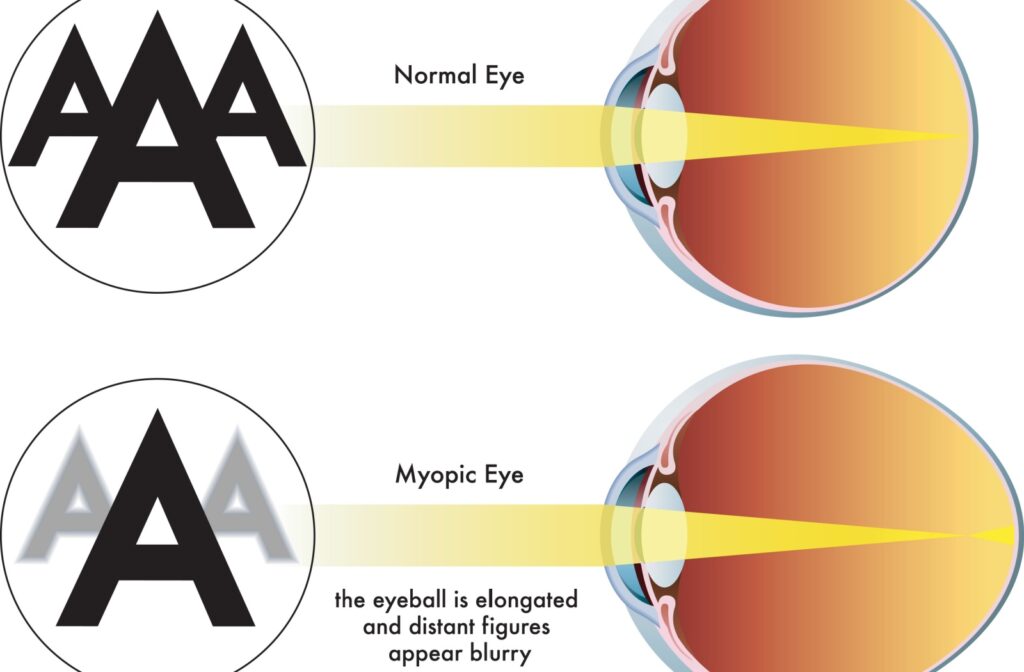
Potential Health Risks Linked to High Myopia
In cases of high myopia, the eyeball is longer than is typical. This elongation stretches the tissues inside the eye, especially the retina. Over time, this stretching can increase the chance of developing other eye health conditions.
Conditions to Know About
Regular check-ups allow us to monitor for any changes in your eye health. Some conditions to be aware of include:
- Retinal detachment: The retina can pull away from its normal position at the back of the eye. Sudden flashes of light or a shower of new floaters can be signs of this.
- Glaucoma: This condition is related to the pressure inside your eye and can affect the optic nerve, which sends signals to your brain.
- Cataracts: The lens of your eye can become cloudy, which may happen earlier for people with high myopia.
- Myopic maculopathy: This involves changes to the macula, the part of the retina you use for sharp, straight-ahead vision.
How to Manage High Myopia
Managing high myopia effectively involves 2 main goals: correcting your vision for clear sight and monitoring your long-term eye health. Your eye doctor can work with you to find an approach that fits your lifestyle. Regular exams are key to tracking your vision and health.
Vision Correction Options
Most people with high myopia achieve clear vision with the help of corrective lenses. Your options generally include:
- Eyeglasses: A straightforward and effective way to correct your vision.
- Contact lenses: An alternative to glasses that sit directly on your eye for a wider field of view.
Can Refractive Surgery Help High Myopia?
Some people ask about refractive surgery, such as LASIK, to permanently correct their vision. Whether this is an option for you depends on several factors, including your prescription and overall eye health. A comprehensive eye exam and laser surgery consultation can determine if you are a candidate for this type of procedure.
Your Life and Vision with High Myopia
With the right vision correction and consistent eye care, you can lead a full and active life. The most important part of living with high myopia is proactive health management. Staying on top of your eye exams helps you stay ahead of any changes.
Tips for Eye Health
Beyond wearing your corrective lenses as prescribed, you can support your eye health with a few simple habits. Try to incorporate these into your daily routine:
- Take frequent breaks from digital screens to give your eyes a rest.
- Spend some time outdoors each day.
- Schedule regular appointments with your eye doctor to monitor your vision and eye health.
Take Charge of Your Vision
High myopia is a manageable condition with the right support and care. Regular eye exams do more than just check your prescription; they are a vital tool for monitoring the long-term health of your eyes. At Airdrie Family Eye Doctors, we are here to answer your questions and help you see your world clearly.
If you’ve noticed changes in your vision or want to discuss your eye health, we invite you to schedule a visit with us. We’re committed to supporting our community with dedicated and compassionate eye care. Let us help you feel confident in your vision.
DID YOU KNOW? Sharks Wear Eye Armour
Sharks have a secret “third eyelid” that slides over their eyes when they bite, keeping their eyes safe.
